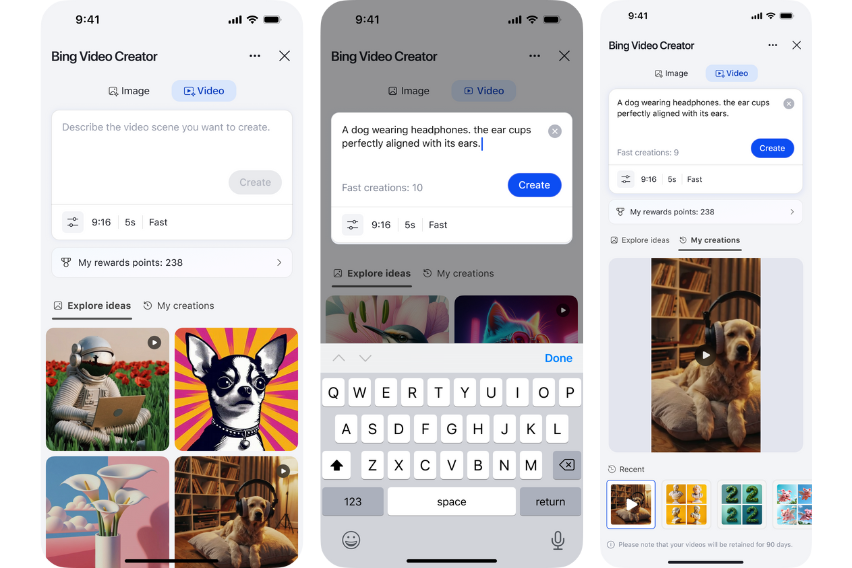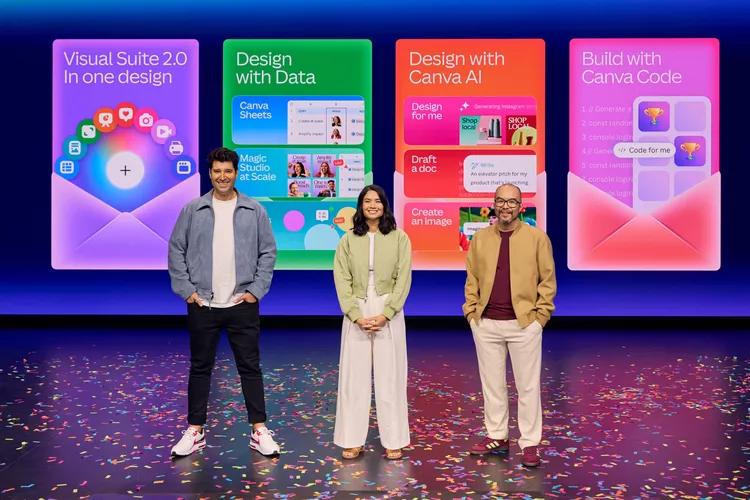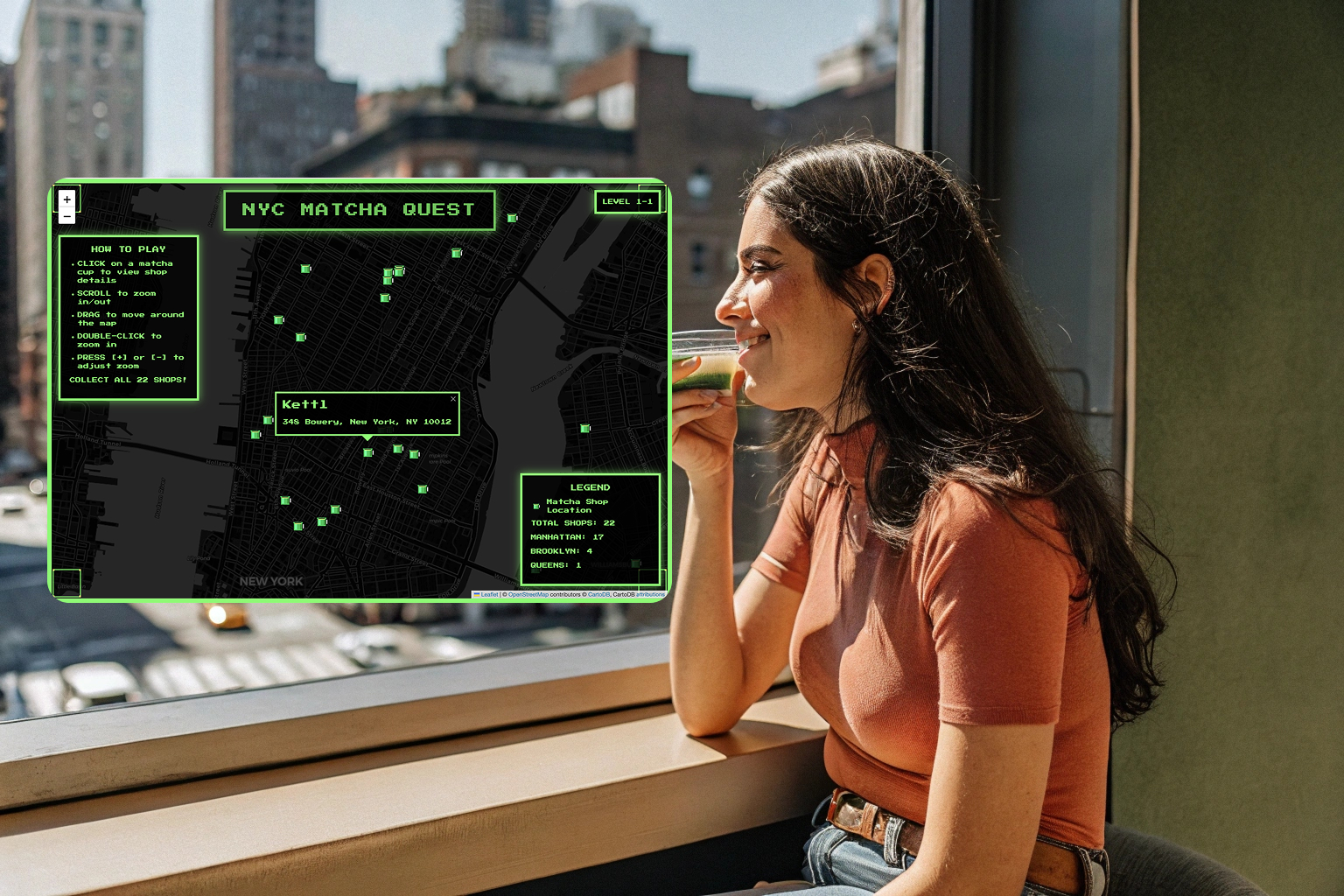As the FIT 2025 DTech AI Symposium shifted from industry insights to education, the final two discussions—Panel 4: Student Experience with AI in Italy and New York City and Panel 5: AI’s Impact on Teaching Practices—explored what happens when students start learning with AI instead of just about it. These panels turned the spotlight from startup tools to studio classrooms, showing how generative tech is being integrated into design workflows and academic spaces alike.
The student panel, led by Kathlin Argiro (Adjunct Professor, Fashion Design, FIT), featured Shayna Ivette Ethridge, Alma-Nicole Sossa, Paloma Sanchez Maria, and Labiba Islam. Their experiences were shaped by a cross-continental collaboration between FIT and H-FARM College—an innovation and design campus in Italy that emphasizes human-centered technology, entrepreneurship, and creative experimentation. The exchange program tasked students with using AI in concept development, storytelling, and brand communication while confronting the ethical and aesthetic questions the tech raises.
From Skeptical to Strategic
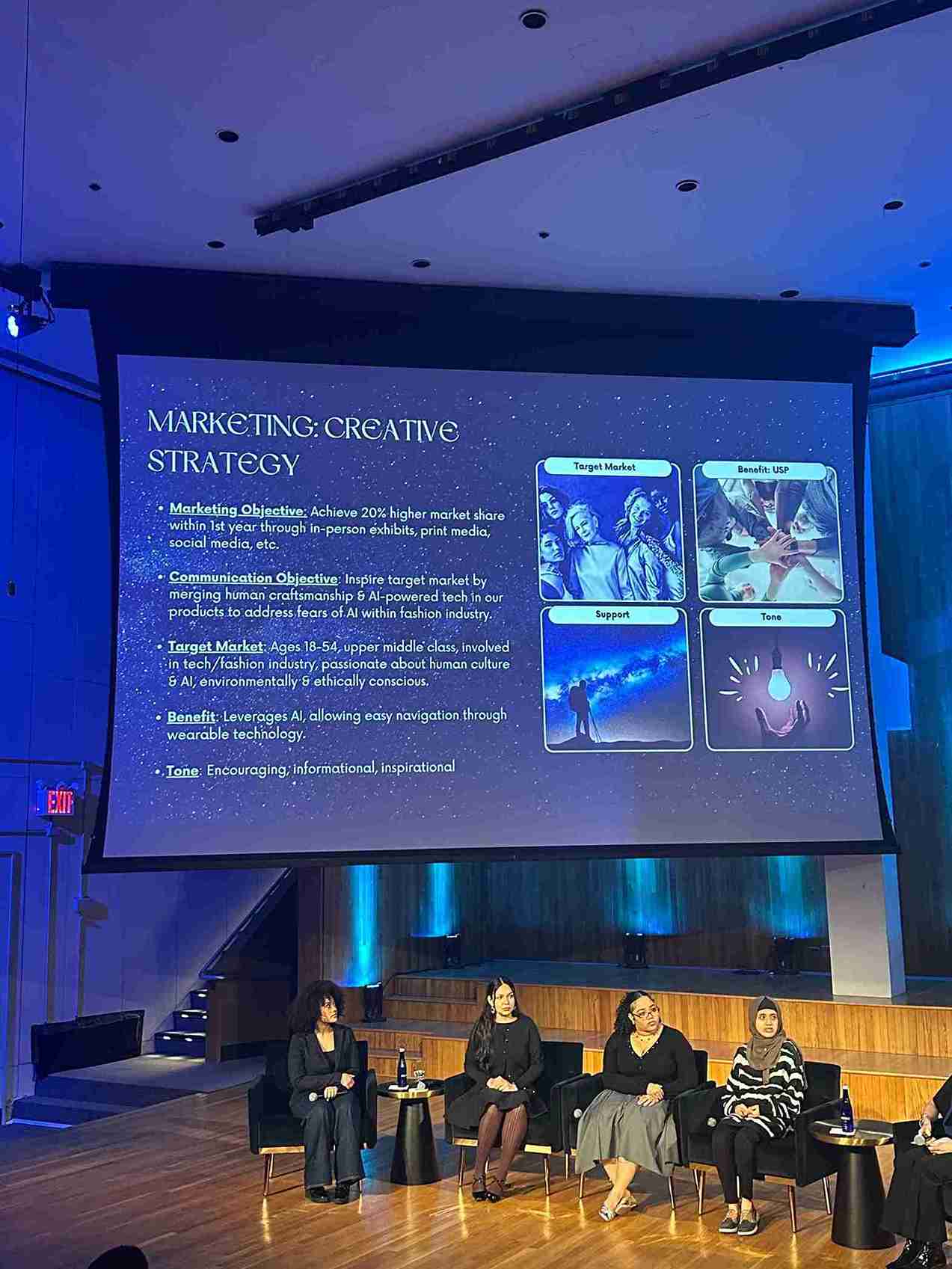
At first, most students saw AI as “cheating” or a threat to their originality. But after using tools like Midjourney, Leonardo.AI, and ChatGPT in a guided setting, their perspectives evolved.“I used to think AI was cheating,” said Alma. “Now I see it more like a sketchpad that helps me explore.” “I thought I wouldn’t use it at all,” said Labiba Islam. “But now I use GPT to structure marketing plans and timelines. It doesn’t give me the answers—but it helps me get started.”
Paloma shared how generative visuals became an unexpected sketching tool: “When I had trouble getting started on an idea, I’d use Midjourney to unblock myself and iterate faster.”
Shayna explained how she used AI in patternmaking workflows to translate 2D sketches into modifiable templates. “You still need to know your craft,” she said, “but it makes it easier to get started.”
Here’s a snapshot of how students described their AI use during the H-FARM x FIT exchange and beyond:
- Ideation + Outlining: Several used GPT to break through creative blocks, outline marketing plans, or test tone for brand copy.
- Visual Development: Tools like Leonardo.Ai and Photoshop’s generative fill were used for sketching, moodboarding, and experimenting with surface design.
- Patternmaking: Shayna used generative visuals to explore garment structure without relying solely on technical flats.
- Critical Analysis: Labiba emphasized that their classes pushed them to critique AI output—and defend what works or doesn’t.
- Ethical Reflection: Paloma noted that knowing how to “read” AI-generated content was just as important as knowing how to prompt it.
Students also flagged limitations and biases. Some voiced concern about AI-generated aesthetics leaning too homogenous. Others worried about access, noting not everyone has the same fluency with tools or time to experiment.
Teaching AI as a Creative Skill
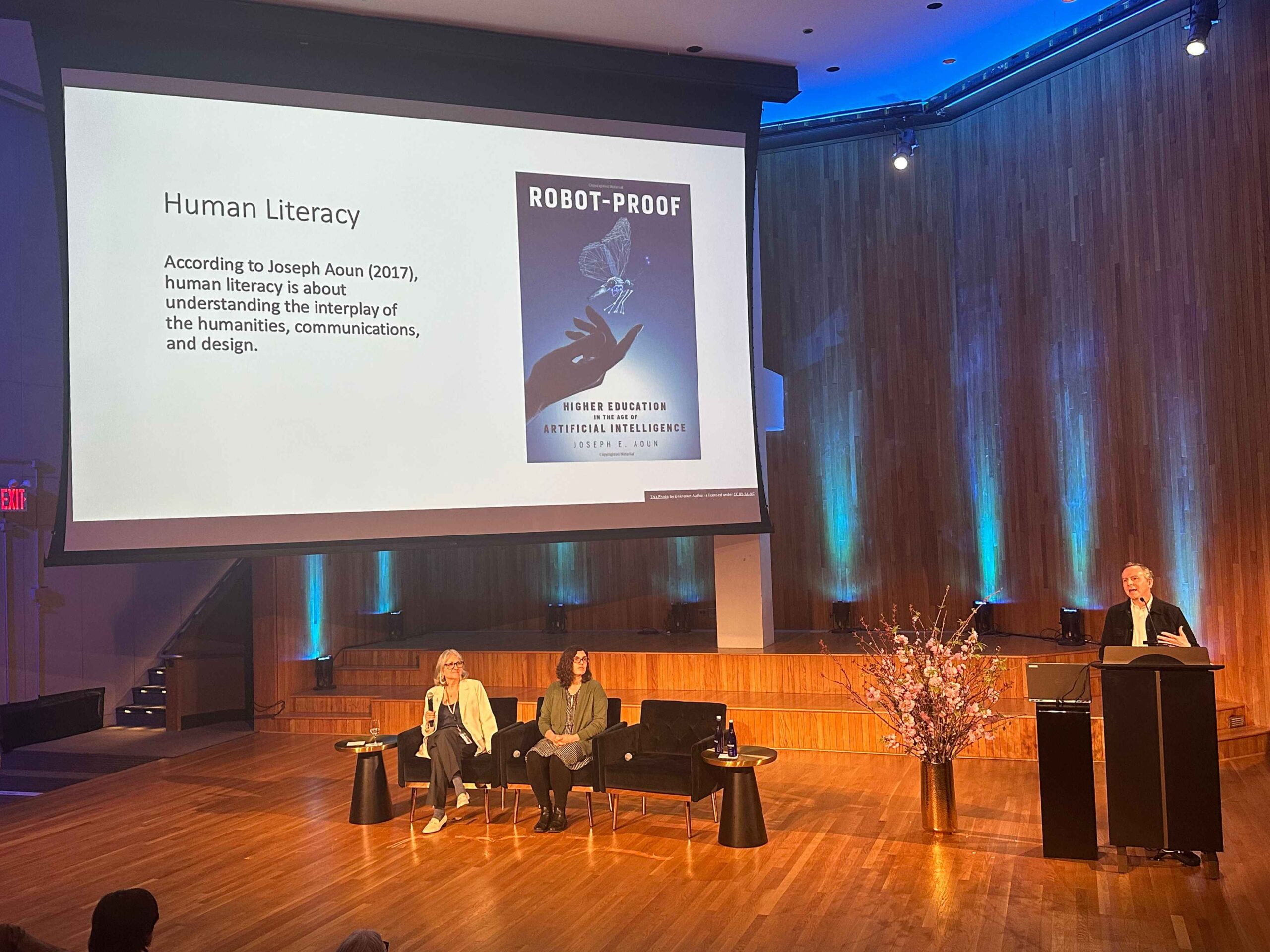
Students weren’t alone in navigating the tension between experimentation and ethics. In the follow-up panel, educators Brian Fallon (Director of Faculty Development, FIT), Sonja Chapman (Associate Professor, International Trade and Marketing, FIT), and Jaclyn Hilberg (Assistant Professor of English, FIT) shared how they’re adapting assignments, assessments, and learning outcomes in response to AI.
Hilberg underscored a key concern: “If students can’t tell whether something is AI-generated or not, how will they learn to evaluate information critically?” She shared an activity where students compare summaries written by ChatGPT versus their own—to identify gaps and build their editorial voice.
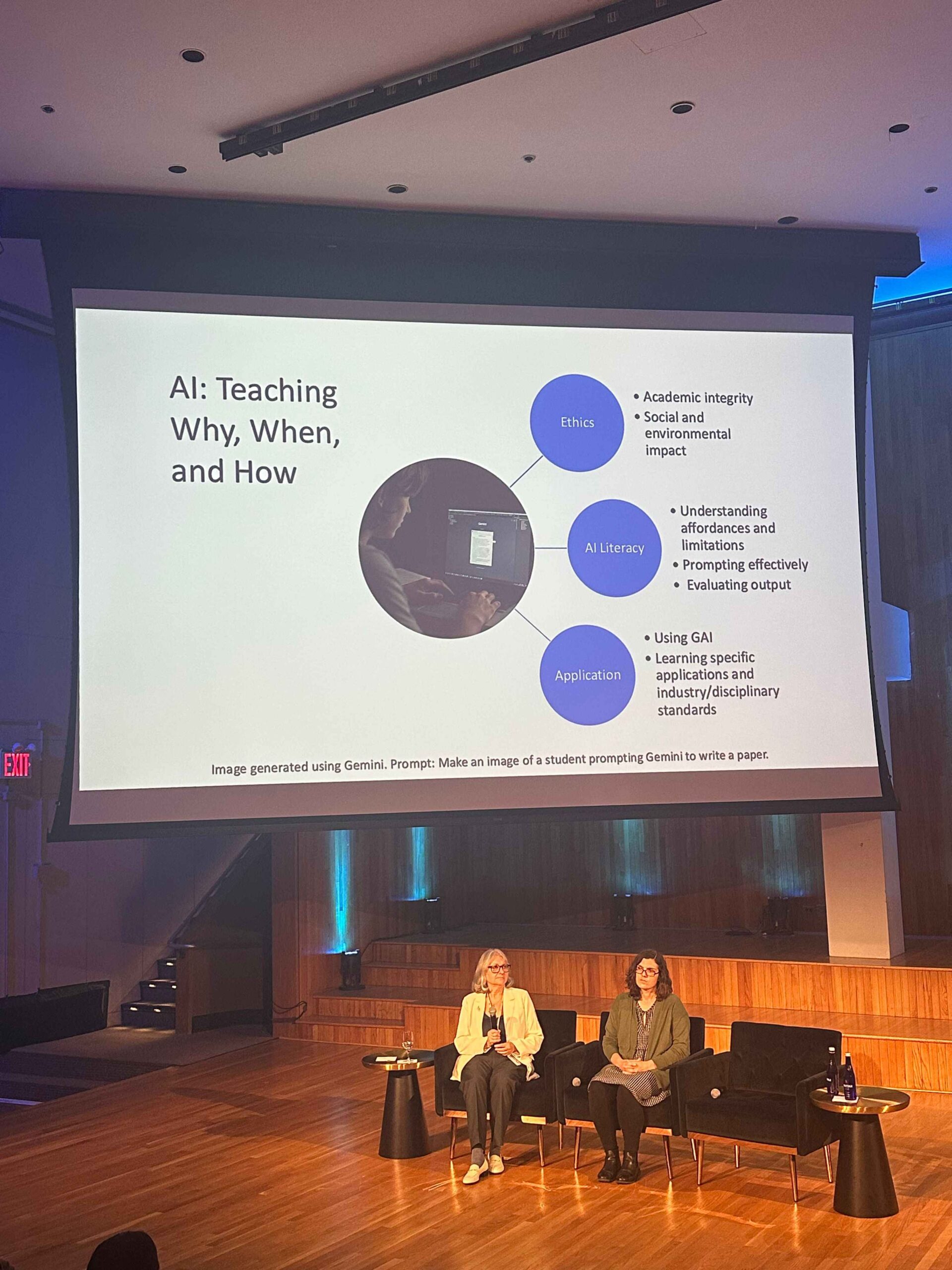
Fallon emphasized the emotional pressure students feel to produce perfect work—and how AI can complicate that. “There’s a psychological cost to thinking your ideas aren’t good enough unless they come from a machine,” he said. Instead of banning the tools, he encourages classrooms to co-author their AI policies: “You can’t outsource your thinking. You still have to show your voice.”
He added, “Prompting isn’t just about output—it’s a way of thinking. You have to know what you want, and how to guide the machine toward it.”
Chapman connected classroom AI literacy to industry readiness. Having earlier spoken on AI’s role in supply chain traceability and compliance, she emphasized how the same logic applies to design students: “Knowing how to ask the right question is as important as knowing how to design the right product.”
Across the board, faculty are taking a collaborative approach. Some are experimenting with AI-assisted grading rubrics, using GPT to model weak and strong thesis statements. Others are using tools like Miro to build shared idea boards in real time. One shared classroom practice? Asking students to critique AI-generated essays as they would peer drafts.
“We ask students to evaluate AI output the same way they would a peer’s work,” Fallon said. “It builds confidence and teaches them what quality writing actually looks like.”
The sessions closed on a note of cautious optimism: AI might speed things up—but the ability to ask good questions, form a creative point of view, and tell a meaningful story? That’s still on us.
⬅️ Back to Series Overview

